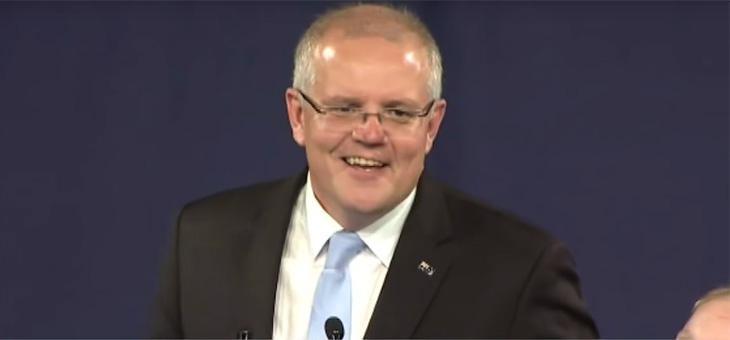If you woke up on Sunday morning shocked by the result of the previous day’s election, you weren’t alone.
Polls had Labor comfortably winning the federal election, but they were wrong. For weeks, polling had predicted a Labor victory by 52-48, and exit polls had predicted 51-49 on a two-party preferred basis.
How did they get it so wrong?
Former Newspoll chief Martin O’Shanassy blames a flawed system – and phones.
“The reason that it’s hard to do good telephone polling is because the old White Pages – the phone book – doesn’t exist any more,” he said.
“Not everybody has a landline and the numbers that are published are incomplete.”
When Mr O’Shanassy held the reins at Newspoll, the company used probability sampling, where random telephone numbers are called across the country to reflect voters’ intentions.
“It was successful because it allowed every potential voter to have a say in the poll,” he said.
ABC election analyst Antony Green said the sampling used to be much more reliable, but changes to the system to incorporate automation had made it less so.
“They switched from an operator asking questions to randomly calling mobile numbers and robocalls,” said Mr Green.
“There has been a drop off in response rates and there has also been a drop off in the quality of the data.”
One man who did predict a Coalition victory – the same man who predicted Donald Trump’s ascendency against all odds – data mining expert from Griffith University Professor Bela Stantic, believes social media could provide a more accurate indicator of intentions. Professor Stantic’s method included analysis of two million social media comments and led him to predict that Labor would not get the swing it needed for victory.
“I am able to assess the opinions of people through their social media … other polling has a much smaller sample,” he said.
Polling companies have been lobbying for more access to all listed and unlisted numbers on the Government’s Integrated Public Number Database (IPND) to get more accurate readings of the population.
Until that happens, Mr Green believes there could be fewer polls in future elections.
“We saw a lot fewer polls in this election campaign than previous campaigns because media outlets don’t have the money they used to,” he said.
“Perhaps we will see a change in how many polls are done in the future … but it’s always up to people whether they trust them or not.”
The final outcome of the election is unconfirmed, with Mr Green’s election computer projecting the Coalition to win 75 seats versus Labor’s 65. Six seats will be shared among independents and the Greens have Melbourne sewn up.
Five seats are still undecided, meaning the Coalition still does not have a majority government.
The Coalition has been returned to power despite all predictions otherwise, but Prime Minister Scott Morrison has his work cut out for him. Under the current count, the Libs have 75 seats but still need to appoint a speaker, meaning the Coalition may need crossbench support to get its work done on the policy/legislation front.
It will undoubtedly need to rely on the crossbench’s support in the Senate to make any headway. Currently, it is predicted that the Coalition will have 34 members in the Senate out of 76 – five seats short of a clear run. This means the Coalition will need to appease the crossbench to secure its legislative program.
Were you shocked at how wrong the polls were? Will you ever trust polls again? Does the Morrison Government have a mandate for its legislation, considering political commentator Niki Savva says it didn’t take any policies into the Federal Election?
Related articles:
Can we trust the polls?
Voters point out system’s flaws
Compulsory voting questioned

